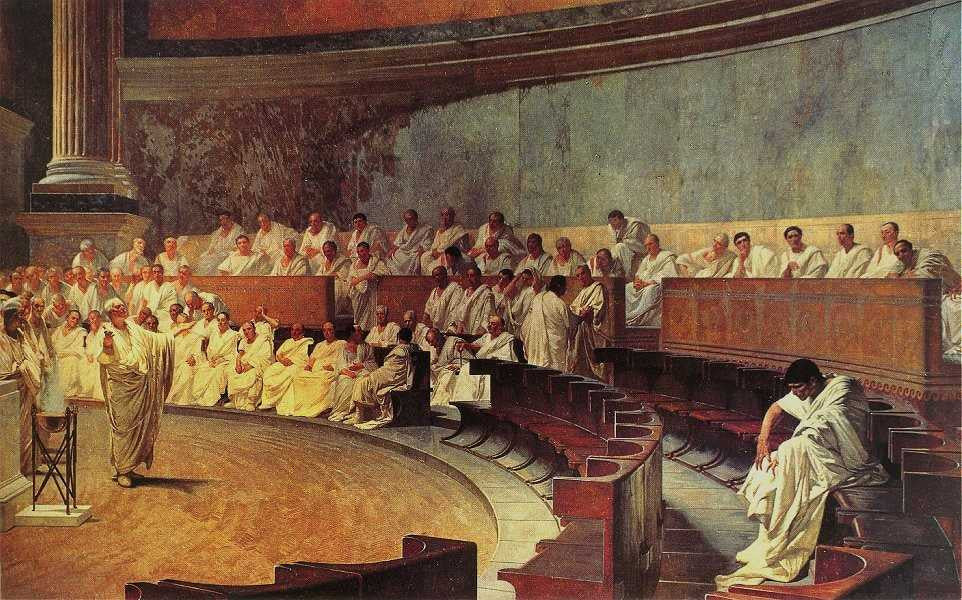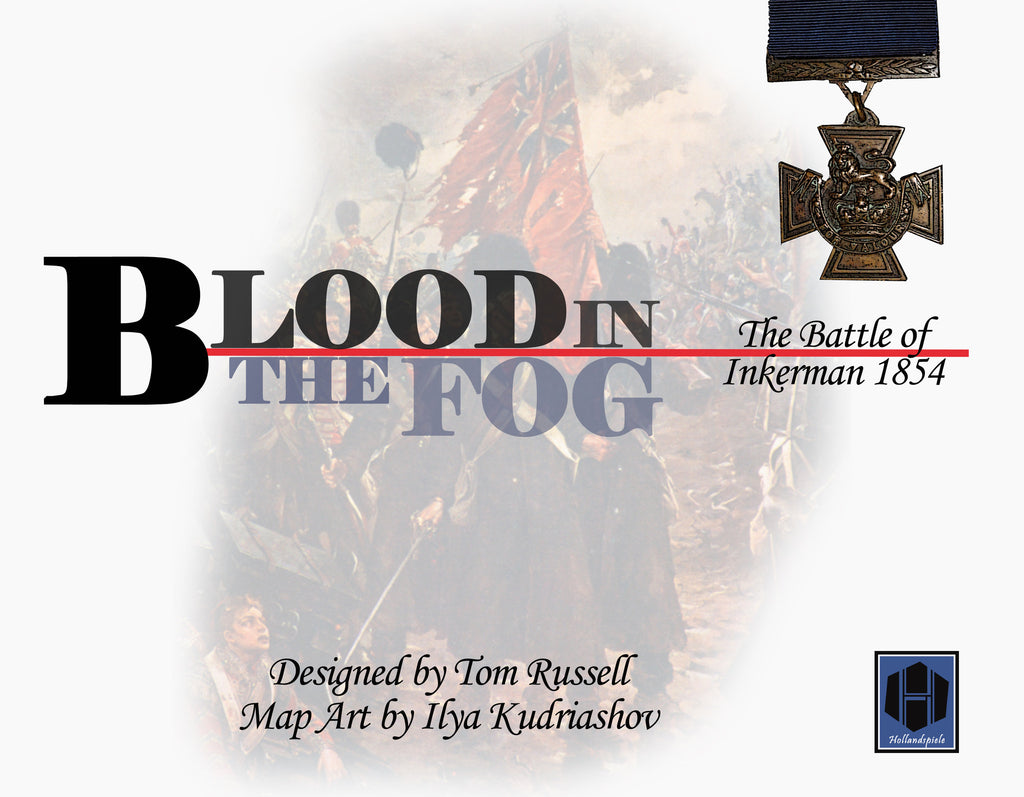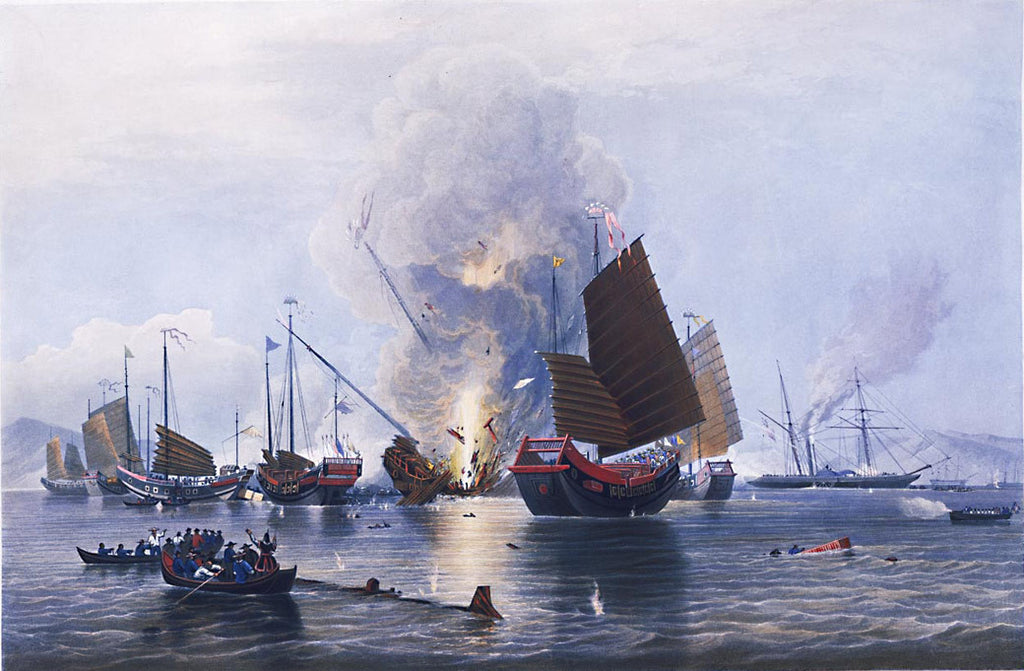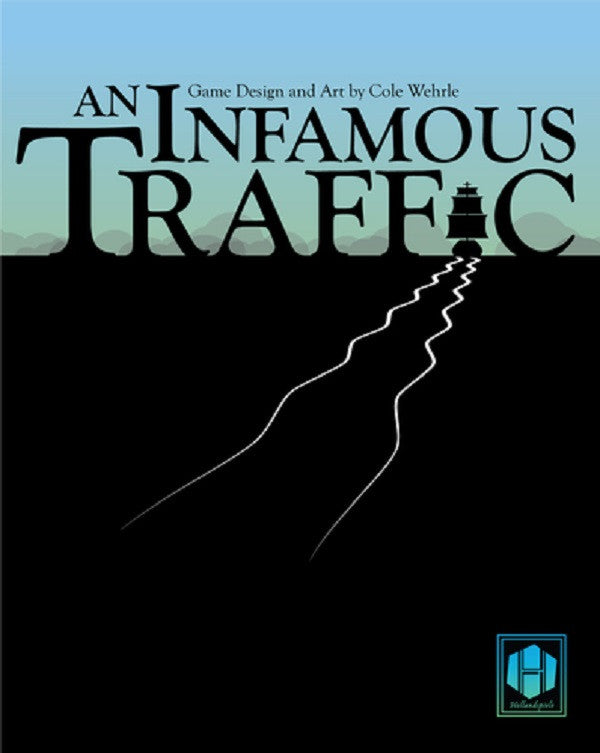Hollandazed: Thoughts, Ideas, and Miscellany — game design
THE OPT-POP DIARIES, PART 1 (by Tom Russell)

"Cicero Denounces Catiline", 1888, Cesare Maccari. This is possibly Maccari's most famous work. This fresco for Palazzo Madama in Rome, which had recently become the seat of the new Italian Senate, depicts Cicero's "Oratio in Catilinam Prima in Senatu Habita", his first speech denouncing Catiline in the Roman Senate which drove Catiline from the city in 63 BC. Note the lone, sulky Heathcliff-type on the right - the man Cicero harangues - Catiline. Ancient Rome is an endlessly fascinating topic, though I’ll admit that for a long time, I was primarily fascinated with the early Imperial period, the two-hundred plus...
DESIGNER'S NOTES: BLOOD IN THE FOG (by Tom Russell)

Excerpted from the rulebook. The first game I designed that ever made it to publication was Blood on the Alma (2012). It was a small, simple hex-and-counter game, with less than fifty units fighting over only a few hundred hexes. It was in some ways a flashy design, with a number of chrome rules and novelties that called attention to themselves. I had high hopes for it, as did the game's original publisher, Lock N Load, who asked me to design a sequel almost immediately upon accepting Alma. By the time Alma came out, I was ready with Blood in...
DEVELOPMENT: AN INFAMOUS TRAFFIC (by Cole Wehrle)

"Destroying Chinese War Junks", 1843, E. Duncan. The East India Company steamship Nemesis (right background) destroying Chinese war junks during the Second Battle of Chuenpi, 7 January 1841 When I was growing up, history was a list of wars. This was partly the fault of games. From an early age I played any game I could find and hunted for more. At yard sales I would rifle through stacks of Milton Bradley to dig up a tattered copy of Third Reich or Wooden Ships & Iron Men. These games shaped my understanding of history. At the school library I tended...
BUILDING THE HOUSE OF NORMANDY (by Tom Russell)

The second game in the Shields & Swords II series is House of Normandy, a “quad” containing four battles of the twelfth century. The first question a prospective purchaser would have is, why does this exist? Even among middle ages aficionados, there’s not a huge demand for games on this specific period. None of the battles are famous, nor really the commanders who took part; this is after William conquered, but before Richard became lion-hearted, a bit of history that bridges the gaps between two more interesting eras and as a result is often skimmed past. So, what gives? USS...
AN INFAMOUS TRAFFIC: DEVELOPMENT (by Cole Wehrle)

When I was growing up, history was a list of wars. This was partly the fault of games. From an early age I played any game I could find and hunted for more. At yard sales I would rifle through stacks of Milton Bradley to dig up a tattered copy of Third Reich or Wooden Ships & Iron Men. These games shaped my understanding of history. At the school library I tended to ignore the books that didn’t concern armed conflict. History was a list of battles and all the rest was window dressing. Of course, this was also partly...
